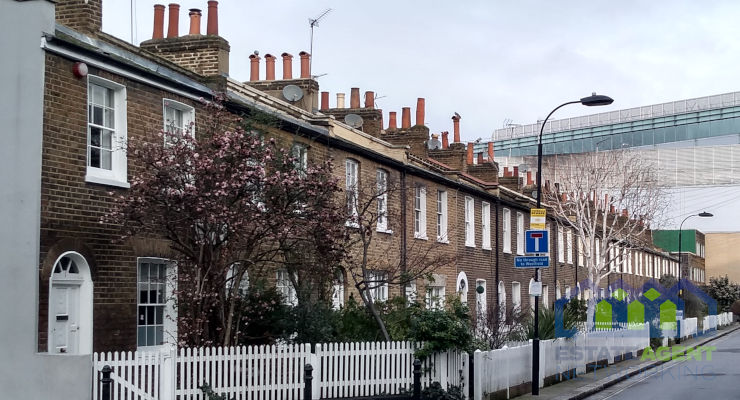Nationwide HPI – Annual house price growth steady in March
- Annual rate of house price growth remained stable in March at 3.9%, unchanged from February
- Northern Ireland remained the top performing area, with annual price growth accelerating to 13.5%
- London weakest performing region, with 1.9% year-on-year rise
Commenting on the figures, Robert Gardner, Nationwide’s Chief Economist, said:
“UK house price growth remained stable in March at 3.9%, the same as in February. There was no change in prices month-on-month, after taking account of seasonal effects. These price trends are unsurprising, given the end of the stamp duty holiday at the end of March (transactions associated with mortgage approvals made in March, especially toward the end of the month, would be unlikely to complete before the deadline).
“Indeed, the market is likely to remain a little soft in the coming months since activity will have been brought forward to avoid the additional tax obligations – a pattern typically observed in the wake of the end of stamp duty holidays.
“Nevertheless, activity is likely to pick up steadily as the summer progresses, despite wider economic uncertainties in the global economy, since underlying conditions for potential home buyers in the UK remain supportive.
“The unemployment rate is low, earnings are rising at a healthy pace in real terms (i.e. after accounting for inflation), household balance sheets are strong and borrowing costs are likely to moderate a little if Bank Rate is lowered further in the coming quarters as we and most other analysts expect.
House price growth steady across most regions in first quarter of 2025
“Our regional house price indices are produced quarterly, with data for Q1 (the three months to March) indicating that annual house price growth in most regions remained broadly similar to last quarter.
“Northern Ireland, the strongest performer, was a notable exception, with annual price growth accelerating to 13.5% more than double the pace of the next fastest outturn in Q1 and the highest recorded in the region since 2021, though similar to the robust rates of growth seen in border regions of Ireland in recent quarters. Scotland saw a 3.9% annual rise, while Wales was close behind at 3.6%.
“Across England overall, prices were up 3.3% year-on-year, similar to the 3.1% annual rise seen last quarter. The north-south divide in house price performance persisted, with prices in Northern England (comprising North, North West, Yorkshire & The Humber, East Midlands and West Midlands) up 4.9% year on year, outperforming southern England. Indeed, the North West was the best performing English region, with prices up 5.9% year on year.
“Southern England (South West, Outer South East, Outer Metropolitan, London and East Anglia) saw a more modest 2.5% year-on-year rise. The Outer South East was the best performing southern region with annual price growth of 3.0%. Meanwhile, London was the weakest performing region in the UK as a whole, with annual growth of 1.9%.
Property type update
“Our most recent data by property type reveals that semi-detached houses have seen the biggest percentage rise in prices over the last 12 months, with average prices up 4.8% year on year.
“By contrast flats saw a slowing in annual price growth compared with last quarter, with a 2.3% rise. Detached properties recorded a 4.5% annual increase, while terraced properties saw a 4.1% year-on-year rise.”









